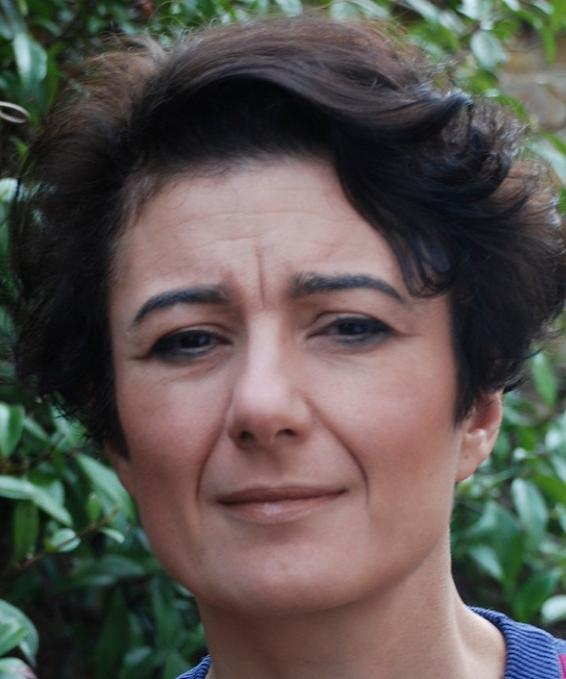
Serena Viti
Serena is a Professor of Astronomy at Leiden Observatory at Leiden University and leads the MOPPEX project. She also holds a position at University College London.
Her research interests lie within the field of astrochemistry and galactic and extragalactic star formation studies, both by observations and modelling, with emphasis on the use of chemical and dynamical models to study the clumpy nature of the ISM, and star forming regions. See her publication list for more details.
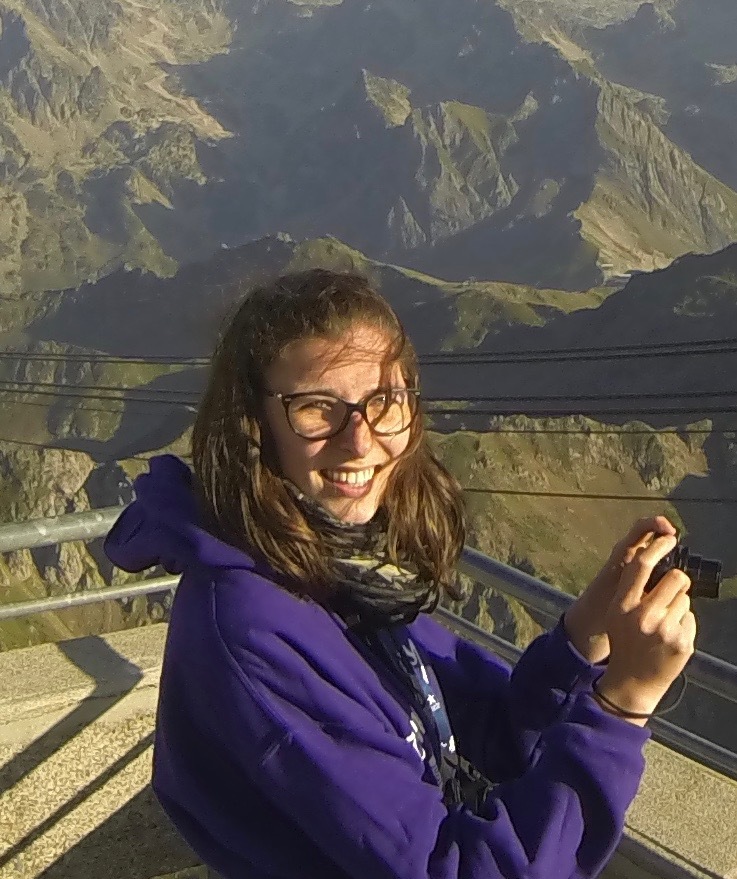
Mathilde Bouvier
I am a postdoctoral researcher at Leiden University. My main focus is to investigate the chemical content and the physical properties of nearby galaxies, in pqrticular NGC1068 and NGC253, by targeting various species. In particular, I have a soft spot for carbon chains. I mainly use ALMA observations coupled with chemical models.
I have interest in both extra-galactic and galactic domain, where I come from. During my PhD thesis, I used millimetre and centimetre interferometric observation (ALMA, NOEMA, VLA) of molecular species to study the chemical content of low-mass protostars located in Orion, considered as the closest and best analogue to the Sun’s birth environment.
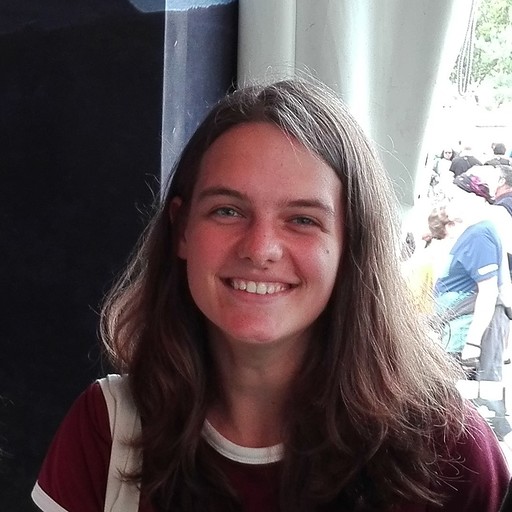
Victorine Buiten
Victorine is a PhD candidate at Leiden Observatory under the joint supervision of Serena and Paul van der Werf. She studies the interstellar medium of local ultra-luminous infrared galaxies (ULIRGs), combining astrochemical modelling with JWST observations.
Her interests lie in extragalactic astrophysics and cosmology. Having done both her BSc and MSc in astronomy in Leiden, she has experience with a variety of topics and techniques, including AGN, (proto)clusters and machine learning.

Joshua Butterworth
He is a PhD student at Leiden Observatory, working with Serena. His work involves using Molecular Line Ratios to investigate the ISM in multi-component galaxies, currently NGC 1068. He is accomplishing this by comparing Archival line intensity detections for many different molecules and transitions of varying spatial resolutions.
He completed his Master’s at Lancaster University, investigating the co-evolution of Supermassive Black Holes and Galaxies in both Bulgeless and Classical Bulge Galaxies via Bayesian Inference of CLOUDY models on X-ray Data..
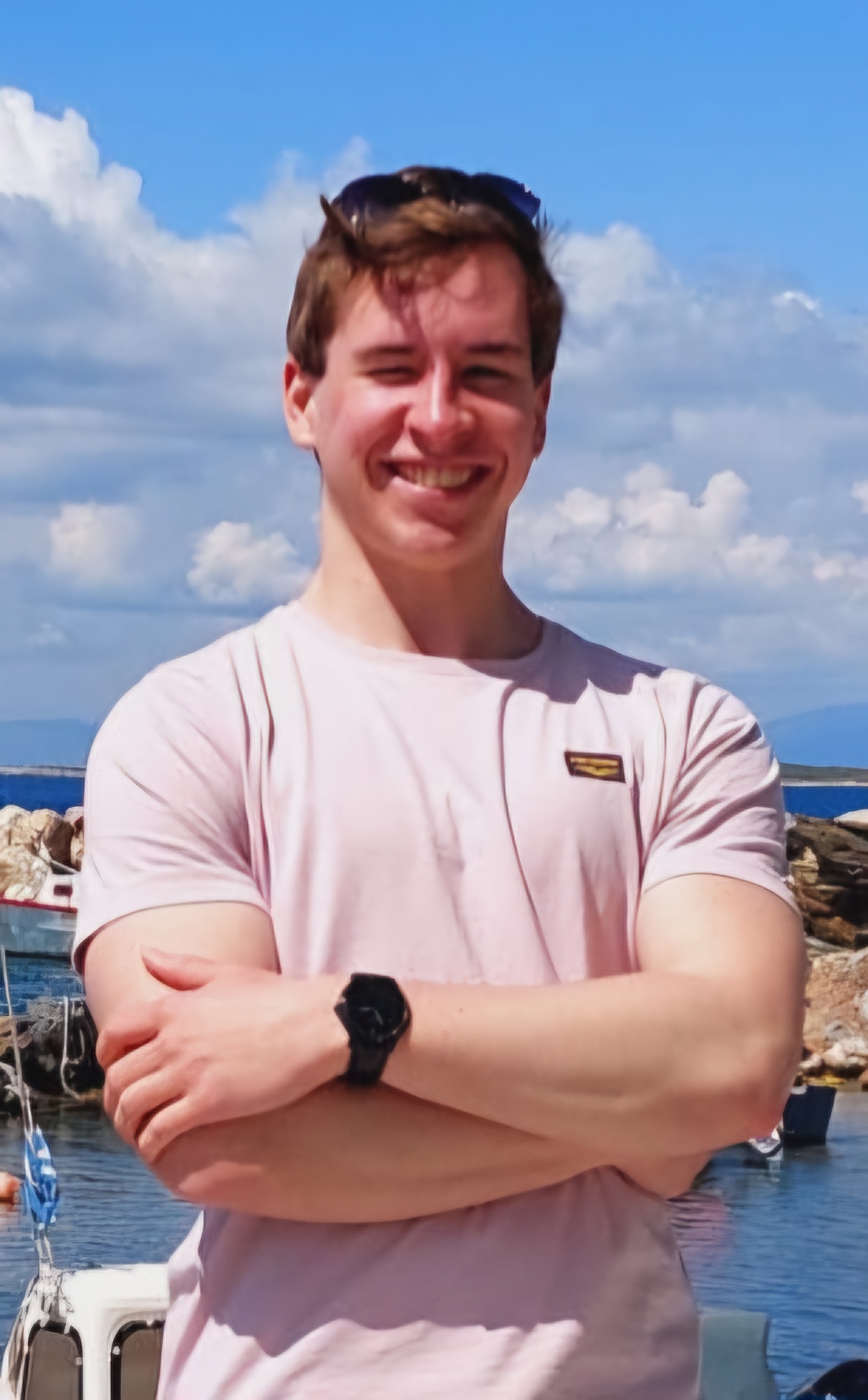
Tobias Dijkhuis
Tobias is a PhD candidate both at the Leiden Observatory, under supervision of Serena, and in the Theoretical Chemistry group, under supervision of Thanja Lamberts. Currently, his main focus is to improve the treatment of (chemical) surface processes, by studying them using kMC or density functional theory.
Previously, Tobias worked on the restructuring and energetic dissipation mechanisms of interstellar ice surfaces comprised of CO2 and H2O upon on-resonance IR irradiation using molecular dynamics. In another project, he developed a code based on Bayesian Optimization to more efficiently predict the structure of large and flexible organic molecules.
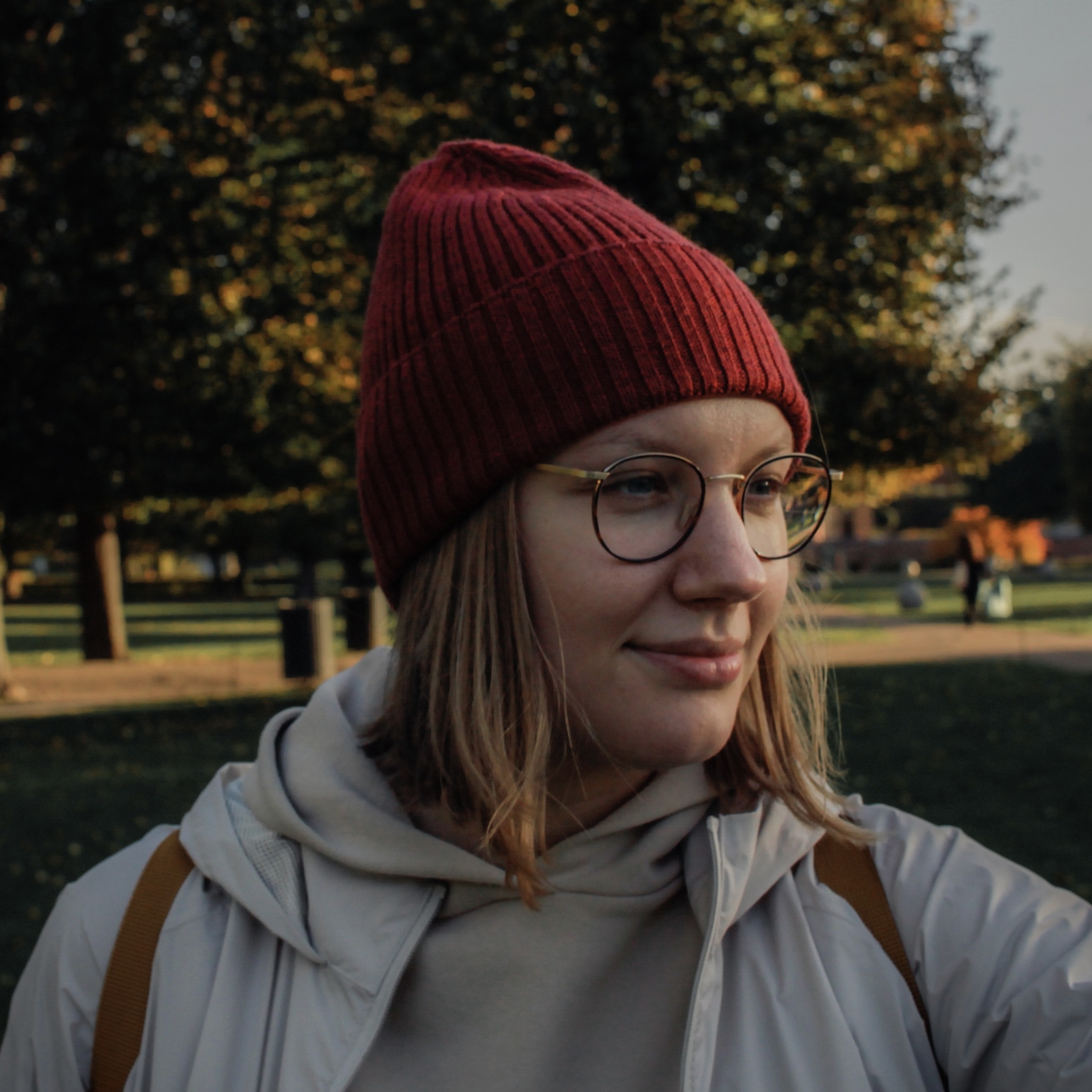
Katarzyna (Kasia) Dutkowska
Kasia is a postdoctoral researcher at Leiden Observatory. She focuses on the modeling of shock chemistry, which can help predict and analyze extragalactic astrochemical observations of shocked regions. She is especially interested in fine-tuning our predictions for dust-related species. Besides, Kasia is interested in observations of molecules in nearby and high-z galaxies.
In her previous projects, Kasia worked on combining observations with modeling to study star formation and chemistry of the Galactic and extragalactic star-forming regions. She developed her own modeling tool, the so-called galaxy-in-a-box model, which predicts molecular emission arising from active and current star formation in galaxies.
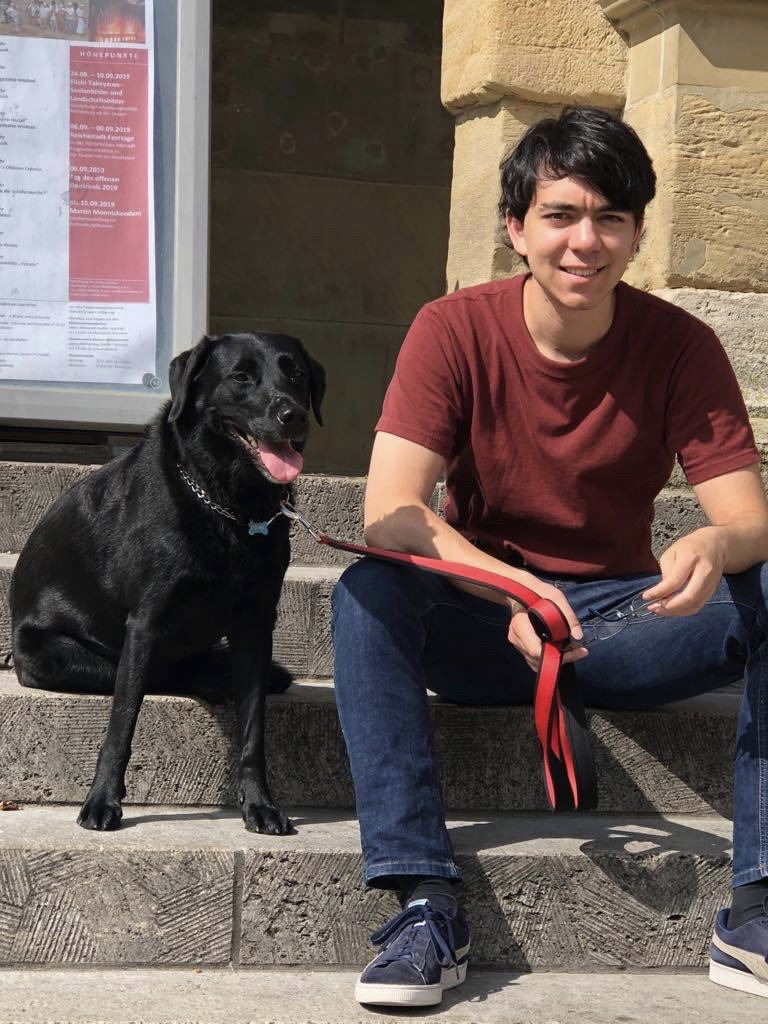
Johannes Heyl
Johannes is a second-year PhD student based in the Centre for Doctoral Training in Data-Intensive Science at UCL. His research focusses on developing accelerated Bayesian inference techniques to determine the rate parameters of grain-surface reactions for large chemical networks.
Johannes also has an interest in applying data science techniques to other areas, having worked with the Office of National Statistics to determine what insights about what insights can be gathered from Twitter data and will be working with the NHS as part of the Getting It Right First Time (GIRFT) programme.
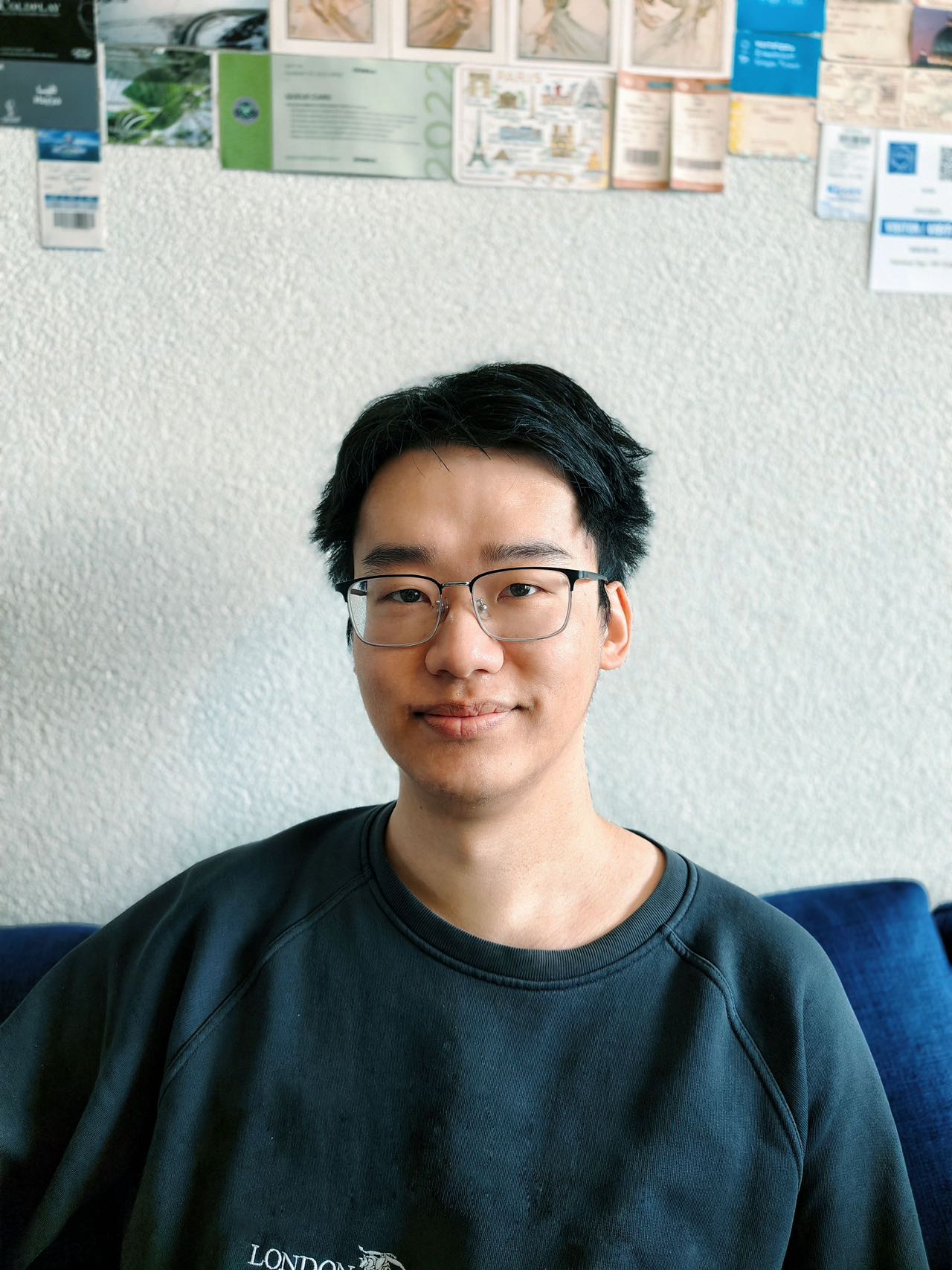
Bin Jia
I’m a PhD candidate at Leiden Observatory under the supervision of Serena. My research primarily focuses on molecules in extragalactic environments, particularly in galaxies like NGC 1068. I’m interested in understanding how molecules form and are destroyed under different conditions, and I investigate the physical properties they trace, such as temperature and gas density, using ALMA observations. Additionally, I enjoy using UCLCHEM to explore the origins of the molecules we observe.
I received my BSc from the University of Colorado, Boulder, USA, and my MSc from Leiden University. During my time in the US, I had a wonderful experience researching in biophysics, and my first master's project, under Nienke van der Marel, focused on protoplanetary disks.
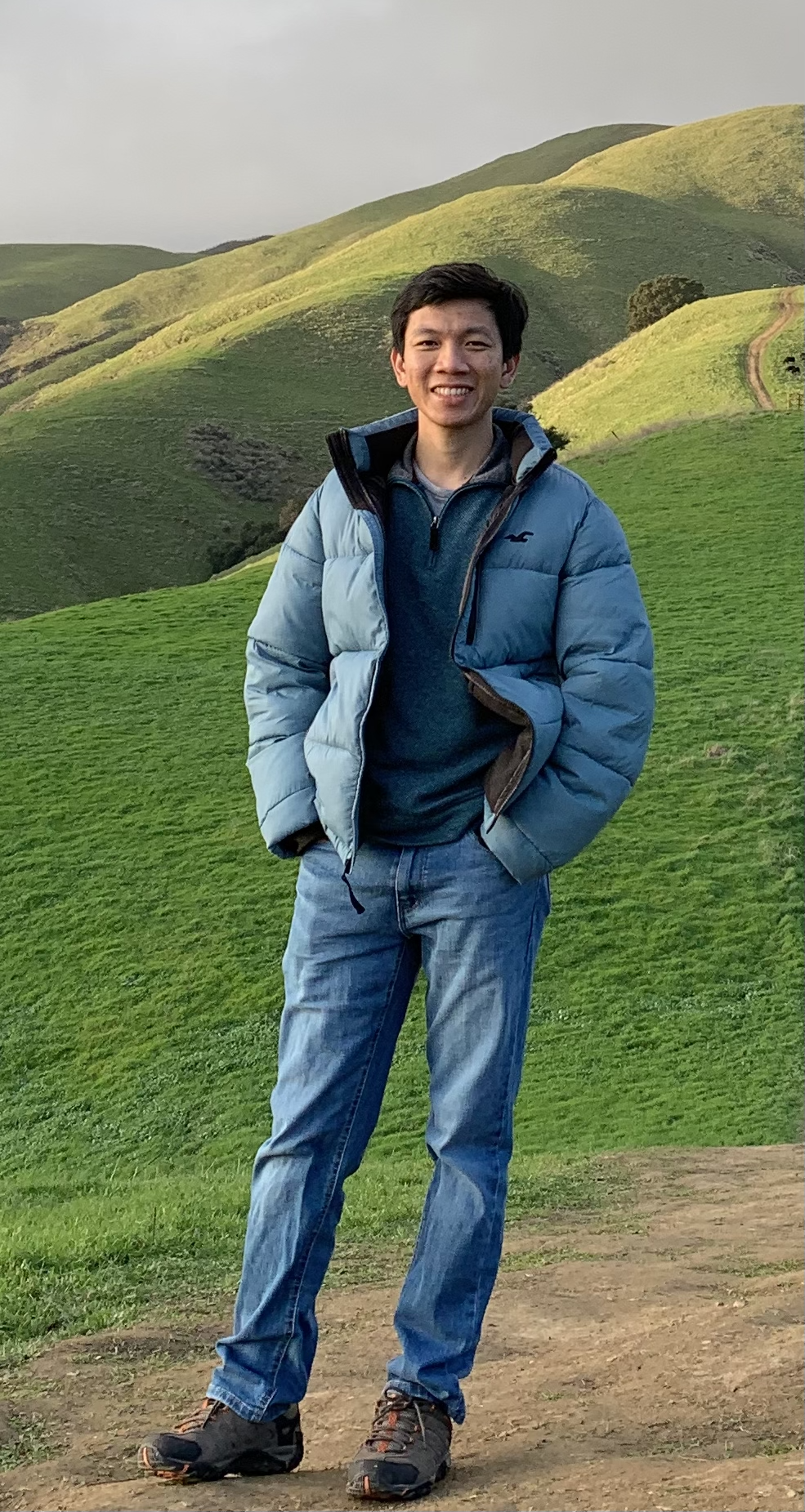
Tram Le (Le N. Tram)
My main objective is to study the physics and chemistry of the interstellar medium and comprehend the processes involved in star formation through the use of multiple messengers. My research includes examining how cosmic dust grains are aligned and the polarisation signals induced by these aligned grains across different frequencies and physical scales both within the Milky Way and in other galaxies; studying the influence of the interstellar magnetic field on the development of molecular clouds and the star formation activities that occur there; assessing the spectral features of interstellar gas.
My current project within the Prof. Serena Viti's group at the Leiden University focusses on developing the gas-grain astrochemical model, known as UCLCHEM, aimed at characterising interstellar complex molecules (iCOMs) in star-forming regions.
Please check out my ADS Library if interested.
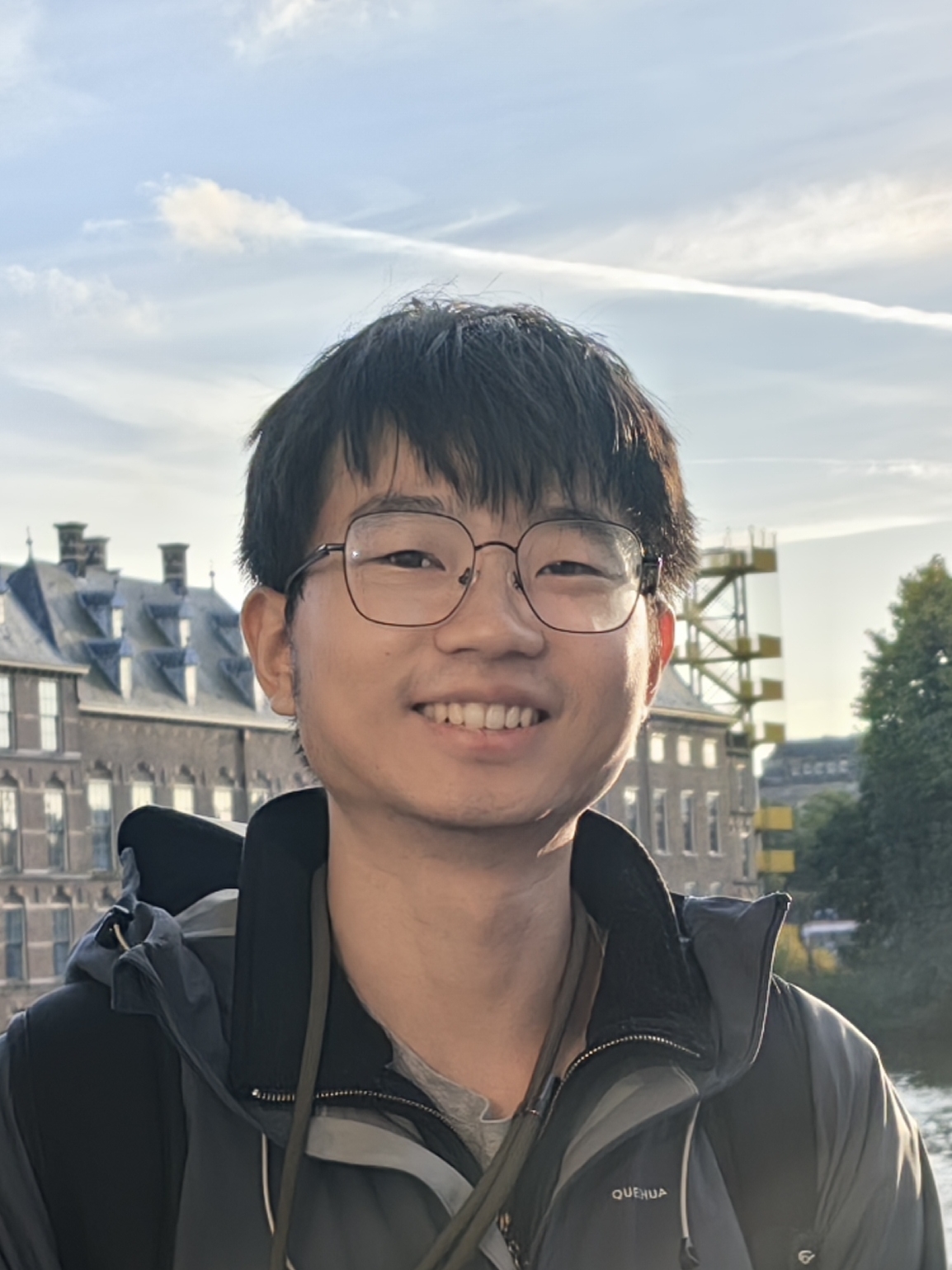
Yichen Sun
I am studying the C, N, and O isotopic abundance ratios in molecular clouds on the Galactic metal-poor outer disk. This includes observing molecular tracers to derive these ratios and examining the assumptions behind current methods. I am also working on astrochemical models at galactic scales, considering variations in C, N, and O abundances due to galactic chemical evolution. My current research interests include the chemistry of oxygen- and nitrogen-bearing compounds in galactic environments with different C/N/O ratios, as well as the non-LTE effects on hyperfine structure transitions of molecular species. In addition to my astronomy research, I enjoy identifying constellations by eye and am interested in geography, biology, and history.
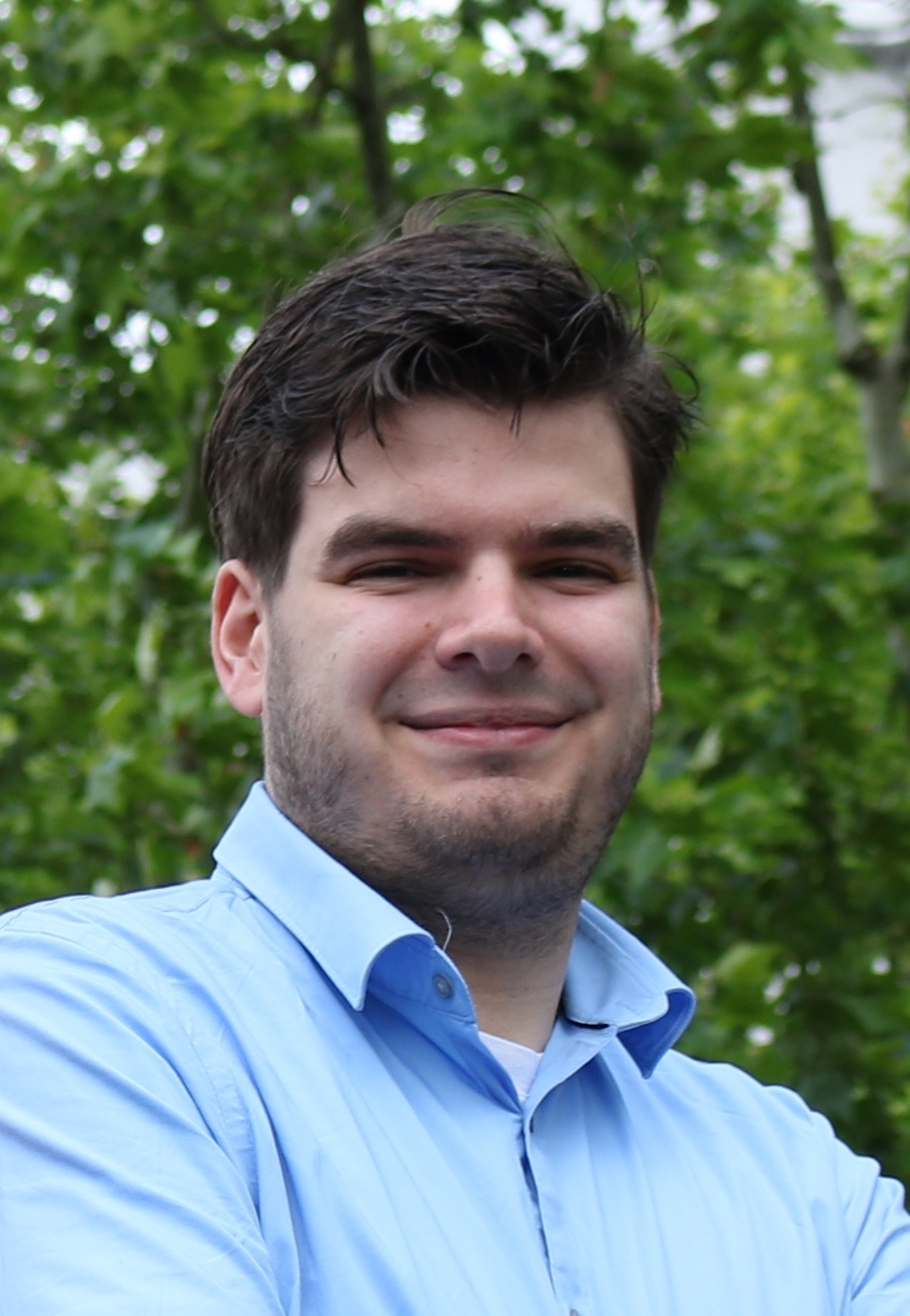
Gijs Vermariën
Gijs is a PhD student at the Leiden Observatory. His research interests lie on the boundary between machine learning and astrophysics. His current work focuses on applying machine learning to computationally expensive modelling and simulation in the context of astrochemistry.
He has a MSc degree in Astronomy & Data Science from the Leiden Observatory and a BSc degree in Applied Physics from the Eindhoven University of Technology. Prior research experience includes simulating gravitational waves with AMUSE, neutrino flavour classification in KM3NeT and surrogate modelling for plasma chemistry.
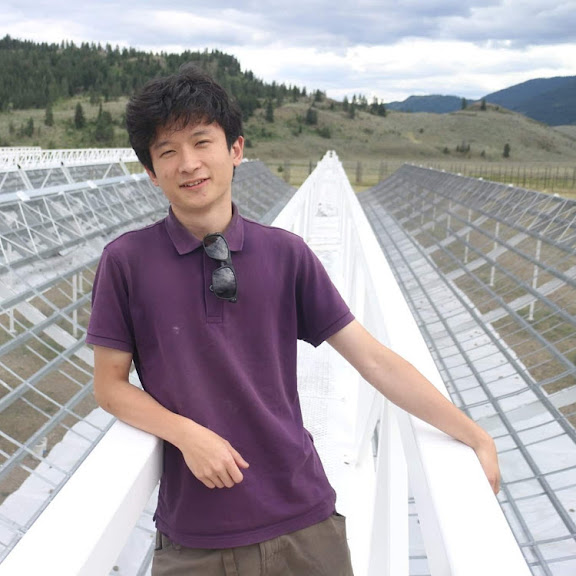
Yuze Zhang
Yuze is a Ph.D. candidate at Leiden Observatory, researching AGN fueling and accretion processes using high-resolution molecular gas observations and kinematics/radiative transfer modelling. His work, aided by ALMA, contributes to understanding how active galactic nuclei (AGNs) are fueled and how AGN feedback can regulate this process. Yuze is studying the circumnuclear disk (CND) of NGC 1068 as part of MOPPEX, an EU-funded five-year project. His current project focuses on the kinematics and the ISM of this CND.
As a former Master's student at Leiden Observatory and a former member of the LEAPS program hosted jointly by Leiden and ESA's ESTEC, his research focused on LOFAR extragalactic observations and the stellar mid-life "weakened magnetic braking." Before coming to Leiden, he completed a Bachelor's degree in Physics and Astronomy from the University of British Columbia, where he received an NSERC scholarship for a summer internship at CHIME.
Former members
Damien De Mijolla
Tomas James
Matt Scourfield
Marcus Keil
Ross O'Donoghue